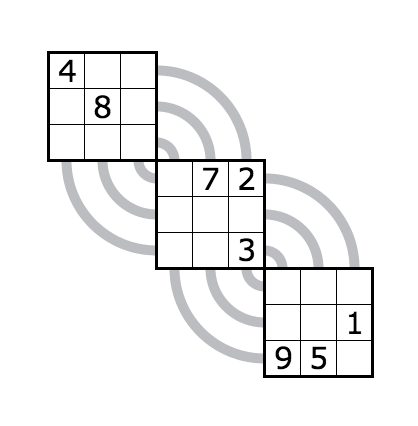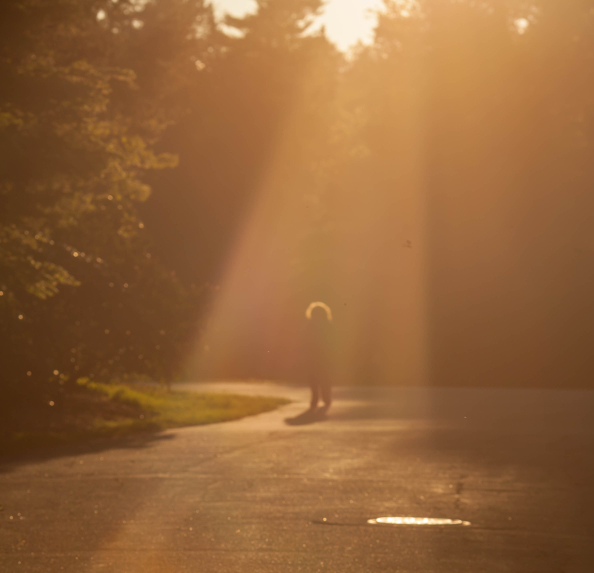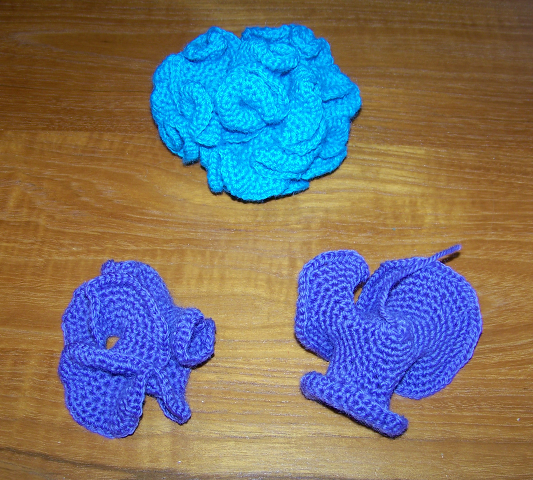6th June 2019, 01:43 pm
I found this puzzle on Facebook:
Puzzle. Solve this:
1+4 = 5,
2+5 = 12,
3+6 = 21,
5+8 = ?
97% will fail this test.
Staring at this I decided on my answer. Then I looked at the comments:
they were divided between 34 and 45 and didn’t contain the answer that
initially came to my mind. The question to my readers is to explain the
answers in the comments and suggest other ones. Can you guess what my
answer was?
Share:





21st April 2019, 12:42 pm
4th April 2019, 12:41 pm
My friend Alice reminds me of me: she has two sons and she is never
straight with her age. Or, maybe, she just isn’t very good with numbers.
Once I visited her family for dinner and asked her point blank, “How old are you?” Here is the rest of the conversation:
Alice: I am two times older than my younger son was 5 years ago.
Bob: My mom is 12 times older than my older brother.
Carl: My younger brother always multiplies every number he mentions by 24.
Bob: My older brother is 30 years older than me.
Carl: My mom is 8 times older than me.
Alice: My older son always multiplies every number he mentions by 2.
How old is everyone?
Share:





4th March 2019, 05:51 pm
Last year, when I read an application file of Wayne Zhao to PRIMES, I
got very excited because he liked puzzles. And I’ve always wanted to
have a project about puzzles. After Wayne was accepted to PRIMES we
started working together. Wayne chose to focus on a variation of Sudoku
called Sudo-Kurve.
We chose a particular shape of Sudo-Kurve for this project, which ended up being very rewarding. It is called Cube Sudo-Kurve.
The Cube Sudo-Kurve consists of three square blocks. The
gray bent lines indicate how rows and columns continue. For
example, the
first row of the top left block becomes the last column of the middle
block and
continues to the first row of the bottom right block. As usual each row,
column, and square region has to have 9 distinct digits.
Wayne and I wrote a paper Mathematics of a Sudo-Kurve, which has been published at Recreational Mathematics Magazine.
A Cube Sudo-Kurve needs at least 8 clues to have a unique solution. Here
we have a puzzle with 8 clues that we designed for our paper.
Share:





3rd March 2019, 02:31 pm
I’ve been invited to help with the Puzzle Column at the MSRI newsletter Emissary. We prepared six puzzles for the Fall 2018 issue.
I love the puzzles there. Number 2 is a mafia puzzle that I suggested. Number 6 is a fun variation on the hat puzzle I wrote a lot about. Here is puzzle Number 3.
Puzzle. Let A = {1,2,3,4,5} and let P be the set of all nonempty
subsets of A. A function f from P to A is a “selector” function if f(B)
is in B, and f(B union C) is either equal to f(B) or f(C). How many
selector functions are there?
Share:





27th February 2019, 03:02 pm
(Photo by Rebecca Frankel.)
When I was in grade school, one of the teachers called me Cave Lioness.
She hated my unruly hair, which reminded her of a lion’s mane. This
teacher was obviously very uninformed, for female lions do not have
manes.
This name calling had the opposite to the desired effect. I became proud of my mane and didn’t ever want to cut it. When I grew older, I opted for convenience and started to cut my hair short—sometimes very short.
Last year I was too busy for barbers, and my hair grew more than I
intended. As it turned into a mane, I remembered the story of this
nickname.
Share:





18th February 2019, 12:09 pm
2nd February 2019, 02:12 pm
16th January 2019, 04:50 pm
4th January 2019, 11:13 am


